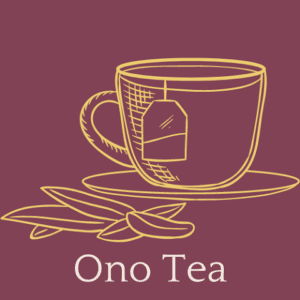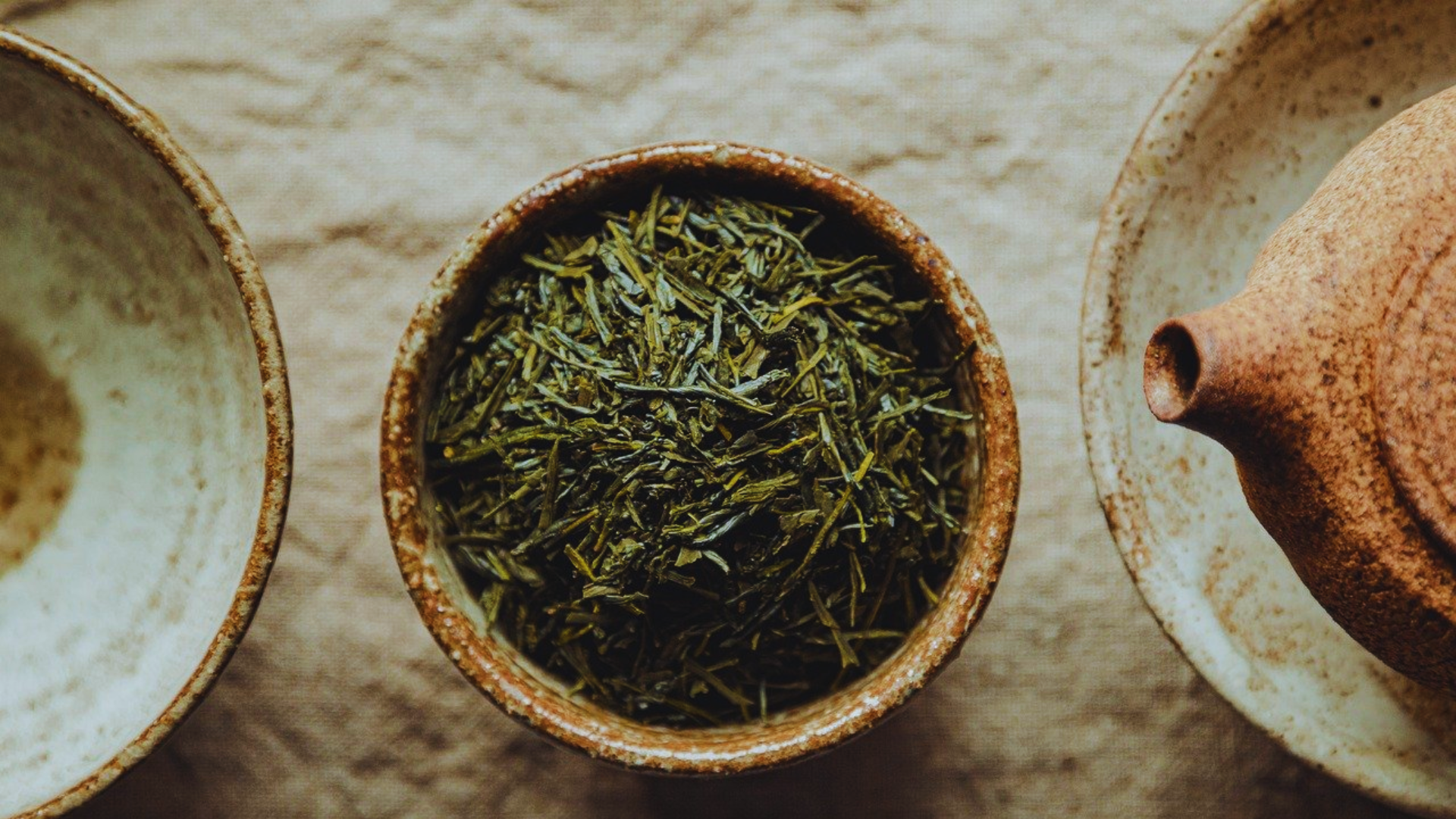Oolong tea is such a versatile tea! It has multiple branches and flavor profiles that are sure to leave you amazed. It ranges from a super low 10% oxidation (similar to green tea) to almost fully oxidized (like black tea).
Plus, oolong tea leaves can contain entire branches along with the leaves and blossoms. How cool is that? When it comes to flavor, you’re talking about everything from floral notes and cinnamon all the way through to bread, fruit, and even caramel—talk about delicious!
So exciting! If you want to learn more about green oolong tea, I’d highly recommend reading.
Green Oolong Tea
Ah yes, light oolongs—they can look an awful lot like green tea, but the signature contorted or rolled balls are what set them apart. You’re going to get that crisp, clean taste that’s reminiscent of green tea, with those earthy, delightful notes and sweetness still present.
However, a jolt of oxidation takes it up a notch; now we’ve got the richer body and buttery flavor lingering on your tongue, as well as this extraordinary complexity that can’t be found in most greens!
Taiwan is a standout when it comes to producing extraordinary green oolongs that develop slowly on remote mountaintops and feature a flavor reminiscent of the pleasant whisking air that surrounds the tea shrubs. From fragrant and aromatic milky ‘milk oolongs’ made with Jin Xuan cultivars to truly refined and light Lishan, Shan Lin Xi, and Da Yu Ling, these Gaoshan (high mountain) oolongs named after unmistakable mountains have indisputably achieved an enviable reputation throughout the nation.
Over the last few decades, Chinese tea artisans have been creating their own unique take on light oolongs, transforming their classic taste. It wasn’t too long ago that the ‘Iron Goddess of Mercy’ was used to describe a heavily oxidized dark oolong, but now it’s more commonplace to find lighter varieties that are not roasted or merely baked. What makes them truly special is the presence of floral notes such as orchids and a hint of hazelnut from toasted glutinous rice! Impressive stuff, huh?
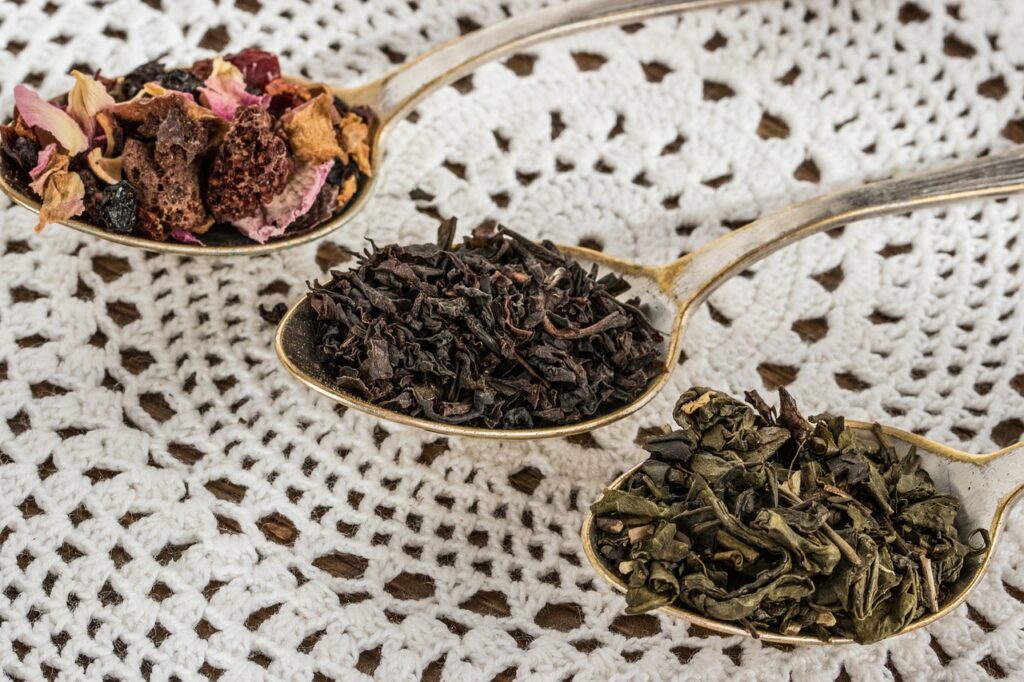
Why Is Oolong Tea Good for You?
Ah, oolong tea—a heavenly taste experience and health powerhouse! Boasting the best of both green and black teas, it packs even more antioxidants than your regular cup of black tea. We’re talking more catechins plus a host of other beneficial compounds like caffeine, theaflavin, gallic acid, essential oils, chlorogenic acid, ellagic acid, and kaempferol-3-O-glucoside.
And if that isn’t convincing enough, researchers in China found that, on average, oolong’s antioxidant capacity was higher than that of dark white or black teas AND some green ones too, at 100% higher!
Even when it came to total phenolic content, green tea just marginally edged out oolong. Impressive!
Brewing up the perfect cup of tea is all about oxidation! Changing the structure of compounds in tea leaves during oxidation can make a huge difference to the flavor, and if you want to get major antioxidative benefits, Ti Kwan Yin is your go-to; it’s a lush, less oxidized oolong variety. But how do you know which teas are better oxidized? If there’s no clue in the description, just look at its leaves and hue—darker foliage and redder colors typically indicate higher levels of oxidation that’ll give your favorite brew an extra kick!
It’s not just your regular ol’ average cup of joe; it contains EGCg because it’s partially oxidized. Studies show that just one single gram can contain between 20 and 30 milligrams of catechins, an impressive amount compared to the meager 1mg per gram found in black or green teas.
And oh boy, do you get more bang for your buck with oolong, as you can brew it up to five or ten times, infusing the water with loads of nutrients each time! Plus, it tastes great even after multiple uses—a true winner in my books!
Classic Green Tea and Oolong Tea
Classic tea and green oolong tea do have some parallels that may be drawn between them. Think of them as distant cousins in that they have a connection, but a distant one.
Nothing beats the classic taste of a steaming cup of green or oolong tea. The refreshing, earthy, and complex flavors in oolong tea have been around for centuries, but that doesn’t mean they’re old-fashioned; in fact, their sheer versatility makes them perfect for any occasion! Whether it’s a morning pick-me-up to jumpstart your day or an evening sip to soothe your soul, you can always count on these trusty teas. A
Oolong tea is a traditional Asian treat that’s definitely worth a try! This special brew is made from the leaves of Camellia Sinensis, the same plant used for green and black teas. The difference between them lies in oxidation levels; through oxidation, green tea leaves are transformed into a deep red or black color. Tasty!
Oolong tea delivers a slightly sweet and subtle sip with none of the robustness or vegetal flavors of other teas. It’s unique in that it’s handled quickly after harvesting: first wilting it in the sun to start fermentation, then giving it a good shake before flaming to terminate the process. Finally, depending on preference, they can be rolled into pearls for preservation or left at their typical longleaf length. So complex and delicious!
Green Oolongs are a mild form of oxidation, more accurate to the category of Green Tea. The minimal oxidation tones down the vegetal notes seen in zero-oxidized Green tea but still allows these amazing teas to create some delicious flavors and notes!
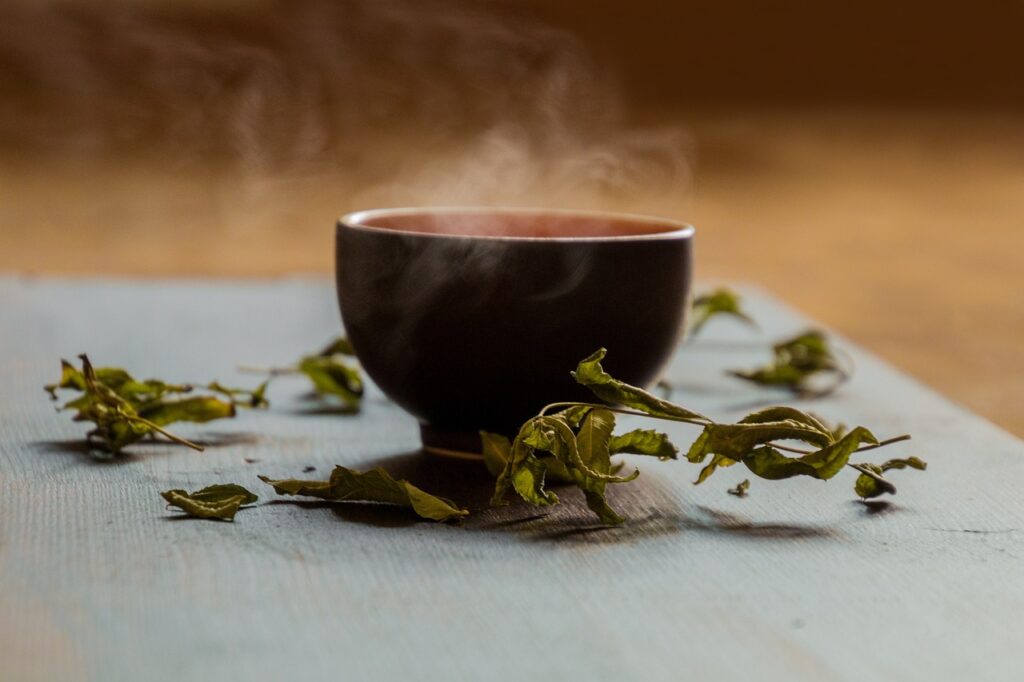
Green Oolong Tea Taste
Oolong tea is often referred to as the ‘champagne of teas, and it’s not hard to see why! Not only is it produced all around the world—from China to Taiwan, Nepal, India, and Sri Lanka—but its diverse flavors make it oh-so memorable. With notes of maltiness, chocolatey richness, and even a hint of coffee in certain varieties, you can’t beat it for flavor! Then there’s obviously Alishan Oolong from Taiwan, which has earned its title of ‘Champagne of Teas’ through its unique array of tastes that tantalize your taste buds. All in all, I’d say Oolong is one-of-a-kind! Plus, you will feel “real bougie” when you drink it!
Caffeine Level
Wondering how oolong stacks up against other types of Camellia Sinensis leaves when it comes to caffeine? Well, one 8-ounce serving would give you 37 to a fairly strong 55 mg of caffeine—not too shabby! It’s certainly more than your standard green tea but significantly less than malty black tea, which is great if you don’t want that overwhelming jolt. All in all, oolong is sort of an in-between option for the perfect pick-me-up.
So, what’s the tea on how to make oolong tea? Hmm, you’ve got to steep it for a bit, and I’m guessing the amount varies by cup size?
Oolong tea is just as easy to brew as other varieties of Camellia sinensis! But the real fun starts when you get those signature oolong balls or pellets. They’re these cute little spheres or pellets made up of twisted and rolled loose leaves. They are sort of like bath bombs! Once they hit the water, they explode and provide a ton of flavor. When you steep them, all their amazing, rich flavor and aroma come out in the brew. Ahh, at last!
How Do You Make Green Oolong Tea?
- Let’s start with the water temperature: Brewing oolong at the optimal temperature of 190 degrees Fahrenheit truly brings out this tea’s distinctive flavor!
- Next up, the water-oolong ratio: For every 6 ounces of water, use one teaspoon of tea balls or granules and two tablespoons if you’re using loose-leaf tea.
- Now let’s steep: As far as steeping time goes, oolong should be left for 5 to 8 minutes; that sweet spot will allow the leaves to open up and really bring out its floral notes.
When Is the Best Time to Enjoy Green Oolong Tea?
Oolong teas can be your secret weapon for weight loss! And here is how:
Just thirty to sixty minutes before you go for a walk, work out, or practice yoga, make yourself a delightful cup of oolong tea.
Also, during those afternoon hours between meals, sip on some oolong tea; this treat will prevent appetite cravings and energy slumps while promoting long-term healthy weight loss results.
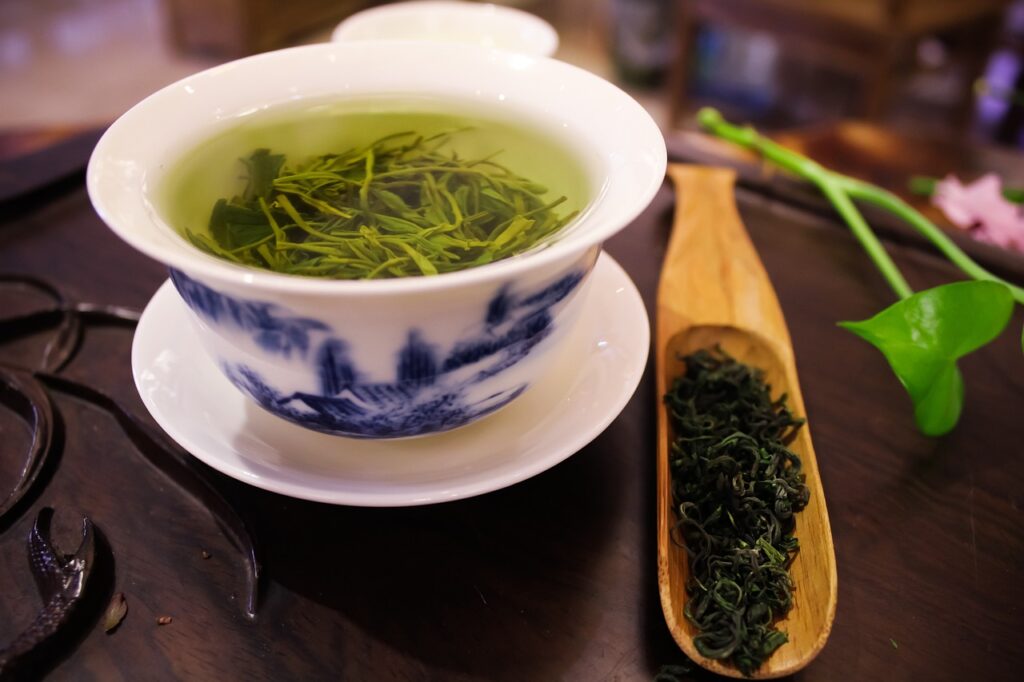
Where to Buy Green Oolong Tea?
Getting your hands on this tea is really not that difficult. The tea culture is growing in popularity, so that means the market is accommodating that demand at the moment. Just go over to your local store or go online to get yourself some oolong. However, if you are looking for a specific brand, that might be more difficult to get. But if you have an Asian store near you, that might make it easier.
Finding the best oolong tea leaves really boils down to understanding their type, origin, and manufacturing method. With a little bit of sleuthing—like, say, getting to know more about a certain brand or variety online—you can find a green oolong tea that is perfect for you!
Conclusion
Herbal teas have truly been around forever, but boy, has their popularity skyrocketed in recent decades! And thank goodness for that! We all love the delicious flavors they offer, not to mention the mental and physical health benefits.
In today’s increasingly tense world, where so much is out of our control, herbal beverages offer a refreshing chance to return to foundational well-being. Green oolong tea is one of these beloved herbal teas that people can enjoy!
